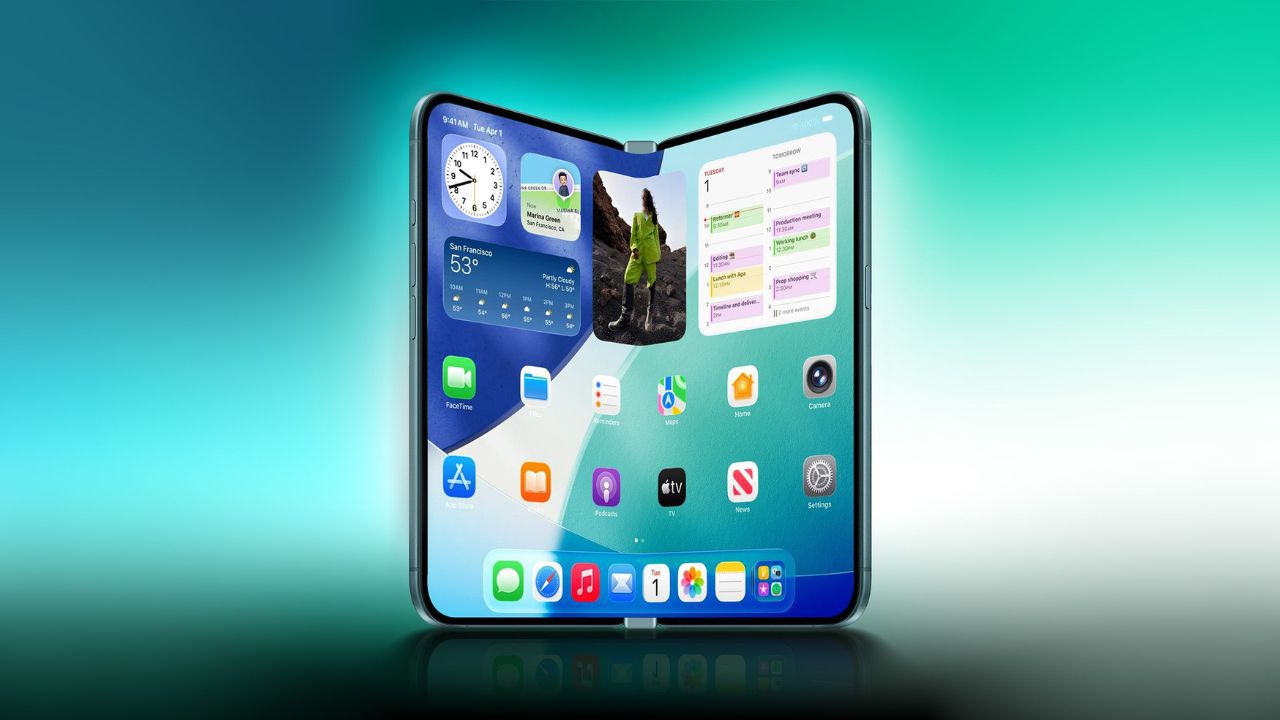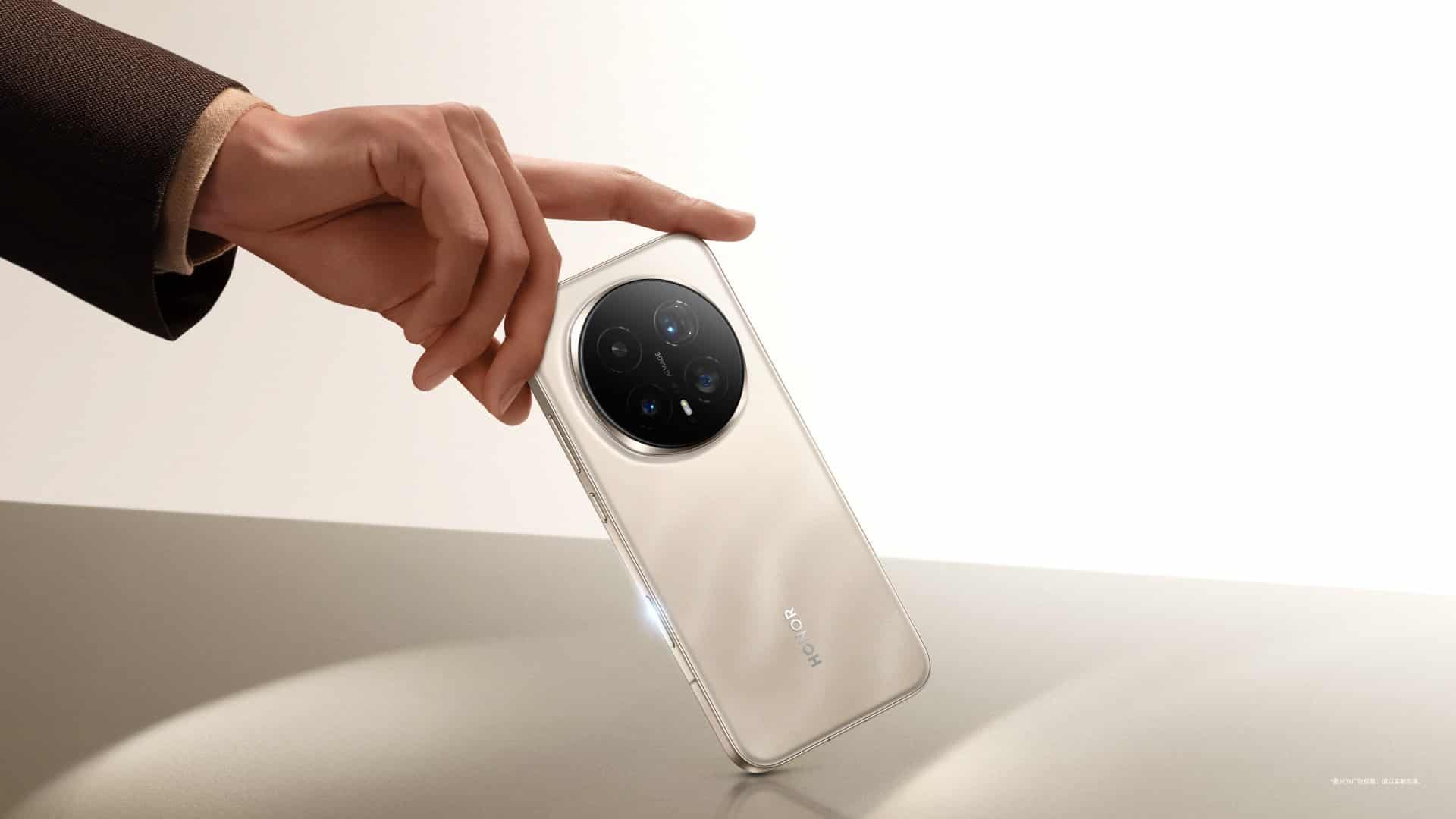As Huawei prepares for its product event in Berlin on May 15—coinciding with parallel launches in the UAE—the brand is expected to unveil updates to its wearables and tablets portfolio. Among the anticipated reveals is the next iteration of the WATCH FIT Series, a line that has historically catered to users looking for a combination of fitness tracking and design-focused aesthetics.
Leaks and teasers suggest the arrival of the HUAWEI WATCH FIT 4 Series, possibly including a Pro variant. While official details remain limited, the existence of both standard and premium models points to a dual-tier strategy, aimed at meeting the needs of both budget-conscious consumers and those seeking more advanced features. The Pro model is rumored to offer enhanced hardware and software capabilities, potentially appealing to more demanding users, while the regular version is likely to maintain core functionality at a lower price.
Visually, the WATCH FIT 4 Series appears to follow the design trajectory of its predecessors, featuring a slim square face with updated refinements. Early images hint at a thinner, lighter frame, which could improve comfort during prolonged wear—something increasingly relevant in a market where 24/7 health monitoring is becoming the norm.
Feature-wise, the new series may include additions such as an air pressure sensor, potentially useful for outdoor elevation tracking, and upgrades tailored to sports enthusiasts. Among the rumored improvements is a dedicated Golf Course Mode, aimed at users looking for more nuanced activity tracking during recreational or professional play. Water-based activity support and more comprehensive route tracking may also be in the cards, broadening the scope of the devices’ fitness applications.
In addition to the WATCH FIT refresh, Huawei could also unveil the long-expected WATCH 5 smartwatch. Speculation around this model suggests it may introduce a new fingertip sensor integrated into the side of the watch, capable of recognizing touch intensity for more interactive functionality. Combined with an updated version of Huawei’s health tracking system—reportedly known as TruSense—the device is expected to enhance data accuracy through a combination of wrist-based and fingertip sensors. This modular approach to biometric monitoring would align with ongoing industry trends that emphasize multi-point data collection for more precise health insights.
Huawei’s event comes at a time when the wearables market is seeing steady demand, especially in health-focused tech. While the company has maintained a relatively consistent presence in this space, the upcoming lineup may indicate a broader effort to refine its ecosystem rather than radically reinvent it. With a focus on comfort, usability, and more refined health metrics, the WATCH FIT 4 and WATCH 5 could serve as incremental but meaningful steps forward.
As May 15 approaches, expectations remain measured. Huawei seems set to deliver iterative improvements rather than dramatic shifts, aiming to retain its foothold in the smartwatch segment by focusing on practical upgrades rather than headline-grabbing gimmicks.






